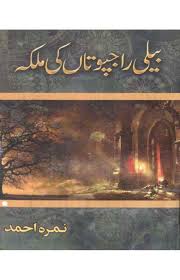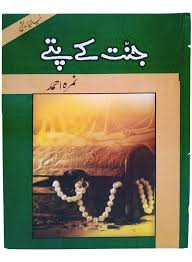Description
A Tale of Two Cities is a historical novel written by Charles Dickens and first published in 1859. This novel is set against the backdrop of the French Revolution, bringing out themes of resurrection, sacrifice, and contrasts between two cities: London and Paris. The story concerns itself with several characters lost in the turmoil of revolutionary France and how Charles Dickens masterfully portrayed the suffering and injustices of then.
Summary
The book opens with the famous words, “It was the best of times, it was the worst of times,” hence immediately introducing a tone that is characterized by contrasts and conflicts throughout the novel. The book mainly centers on two men: Charles Darnay and Sydney Carton who despite their remarkably different personalities are doppelgängers of one another with a strange sort of relationship.
Main Characters:
Darnay is a French nobleman who renounces his title and goes to England, disowning his family’s cruel past.
Carton is a disillusioned lawyer from England who’s in love with Lucie Manette but doesn’t believe himself worthy of her.
Lucie is a beautiful, sweet girl who is central to the emotional core of the novel and married to Darnay.
Dr. Alexandre Manette – Lucie’s father, who spent 18 years in the Bastille and suffers under the after-effects of his imprisonment.
Madame Defarge – A vengeful revolutionary with deep personal reasons against the aristocracy, representing the savage, merciless nature of the Revolution.
Plot Summary:
The novel is told as a splitscreen between London and Paris both before and during the French Revolution. The brutal uprising is kept bloodier by the aristocracy’s cruelty in Paris. Charles Darnay returns to Paris for an old servant. He is arrested because of his nobility. On the other hand, Sydney Carton feels his life meaningless and decides to help save Darnay. The climax of the book occurs in a very dramatic scenario when Carton gives up his life for Darnay; indeed, he famously declares in his last words, “It is a far, far better thing that I do, than I have ever done.”
The novel concludes with the noble death of Carton at the guillotine, thereby juxtaposing this with personal peace over the maelstrom of the Revolution.
Themes:
Resurrection and Sacrifice – A good number of characters in the novel experience rebirth or renewal; notably, there is Doctor Manette after his emancipation from prison and salvation by moral change of Carton through sacrifice at the climax.
Revolution and Justice – Dickens conveys the French Revolution as a cause of justice against aristocracy and oppression in regimes of aristocracies but as an unmitigated nightmare force of disorder that leads to a frenzy of violence.
Duality – The duality of London and Paris, peace and chaos, love and hate, and the opposition as prevailing between Darnay and Carton is an example of duality penetrating the novel.
A Tale of Two Cities is a powerful analysis of human nature in those extreme moments of catastrophe with Dickens underlining the possibility of both profound evil and profound nobility.










Reviews
There are no reviews yet.